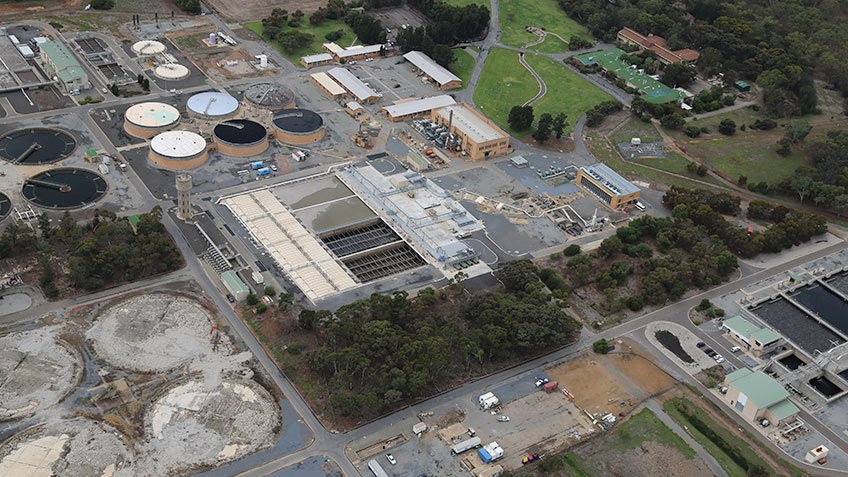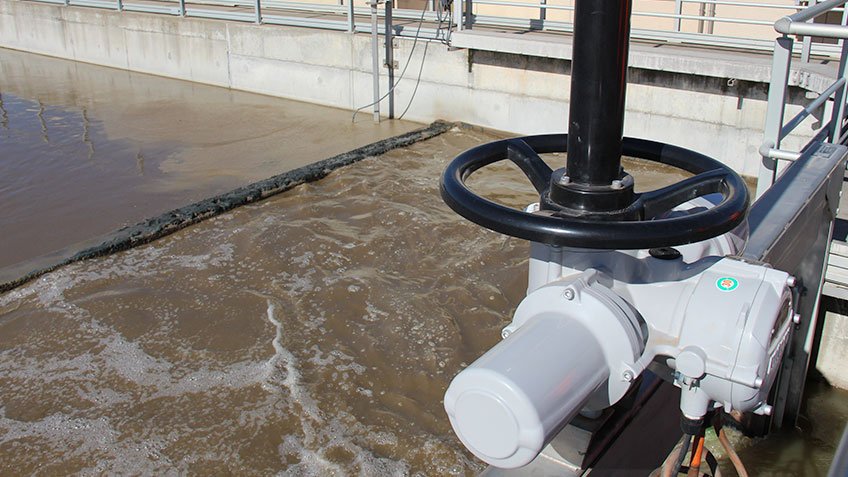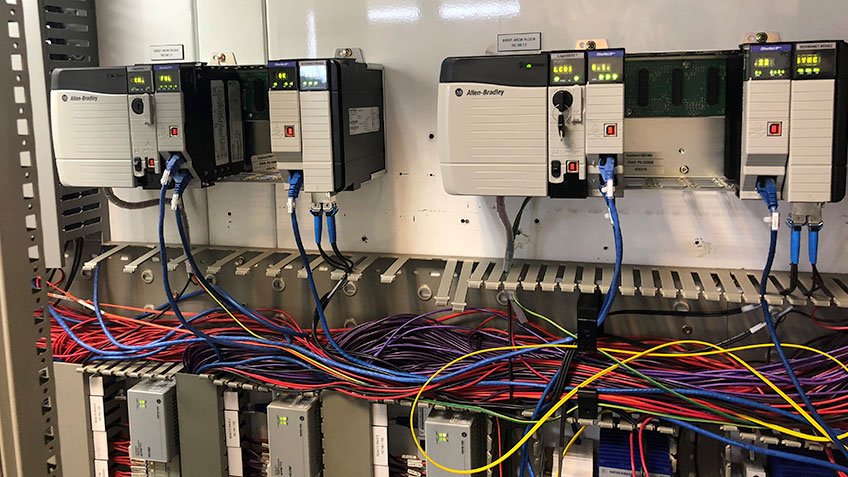At the heart of the plant’s existing control system were legacy PLC-5 controllers that are no longer supported but were responsible for the automatic control of wastewater treatment that complies with the Environment Protection Authority’s (EPA) requirements for a licensed wastewater treatment facility.
Given the importance of maintaining uptime at the plant and the risks involved with legacy equipment, the PLC-5 controllers were upgraded to Allen-Bradley® ControlLogix® with the provision for redundancy. PowerFlex® drives were used to power the pumps and the field devices were controlled using the Allen-Bradley CompactLogix™ controllers. “Our scope was to fully rewrite the PLC logic for all required functionality and install new redundant ControlLogix processors,” said Higham.
As products age and give way to new technologies, Rockwell Automation works with customers to help them meet the demand to innovate and help to optimize performance. The PLC-5 Control System is among the largest installed base of any one control platform. However, spare parts, repaired units, and engineers that have experience with these controllers are becoming increasingly scarce.
As part of the update, the legacy ControlNet adapters for the FlexÔ I/O were replaced with Ethernet/IP adapters. “This simplified the process and reduced project risks as the I/O wiring was not impacted or interfered with for this network change. By using ControlLogix and CompactLogix controllers, we were able to develop the new PLC logic in the RSLogix 5000 environment. Using Add-On Instructions that were defined during earlier stages of the upgrade works, there was no need to develop new code for subsequent stages of the upgrade, which proved to be a great timesaver. FactoryTalk® View was used for the HMIs, providing premier integration and the ability to see the entire plant,” explained Higham.




